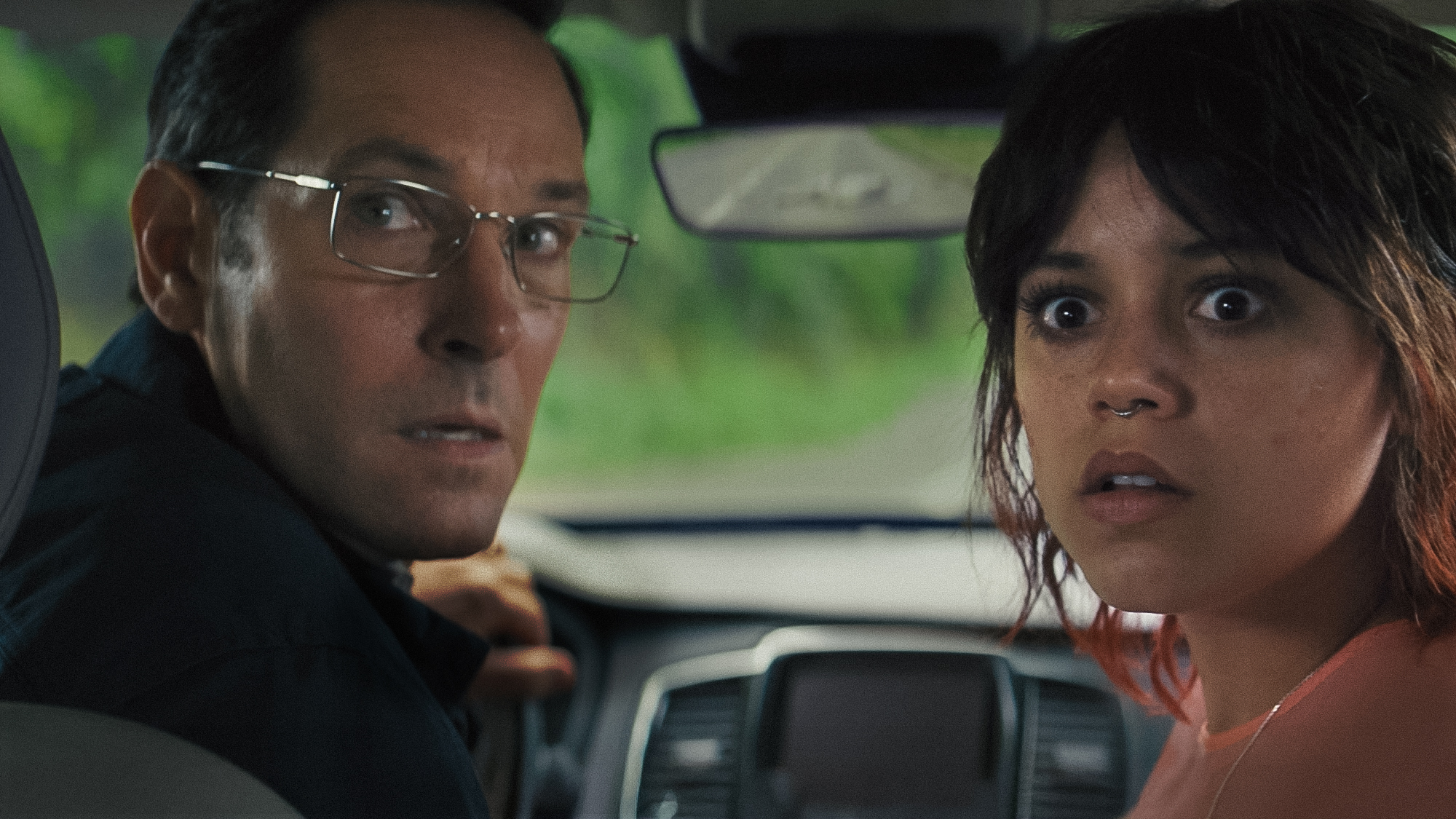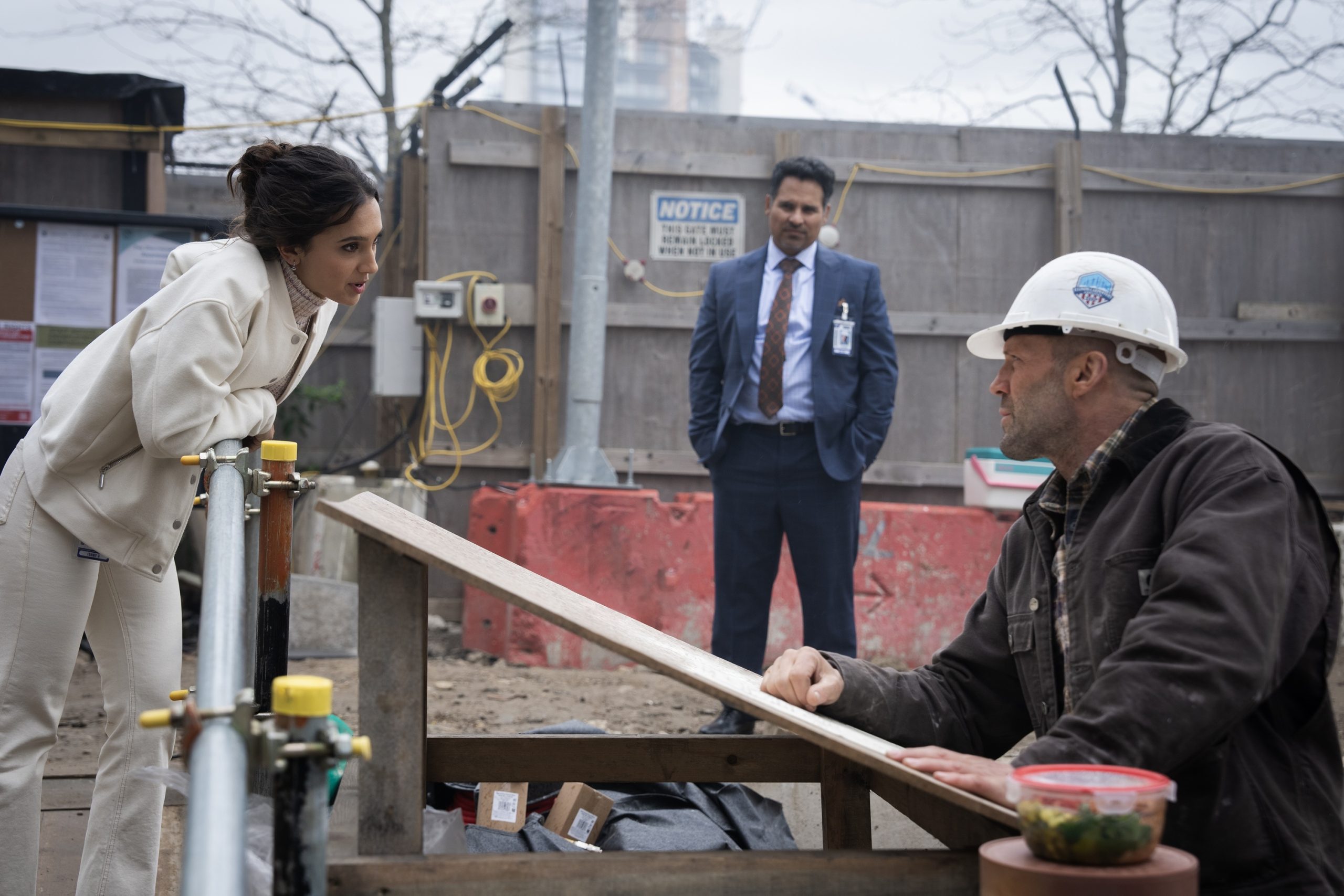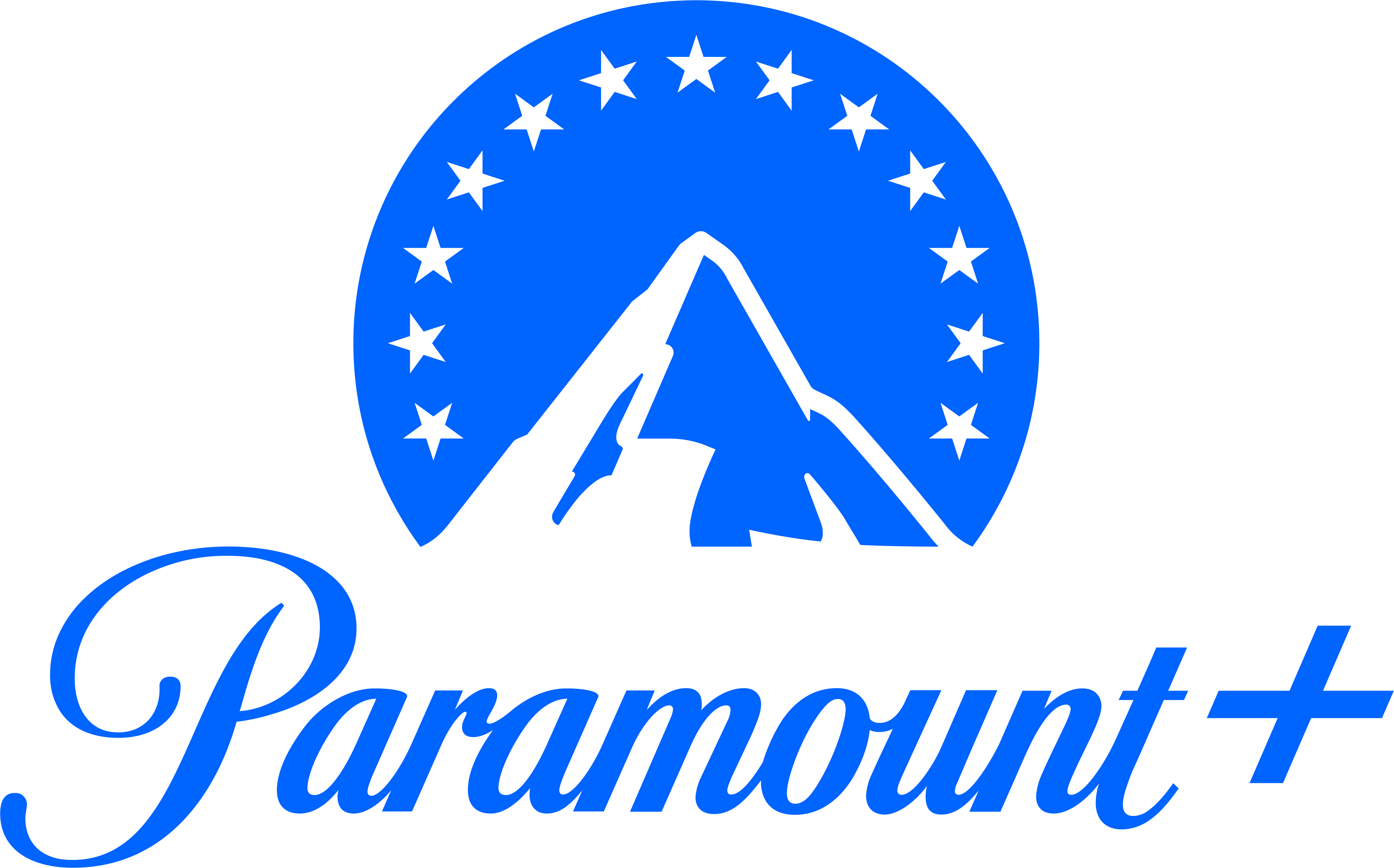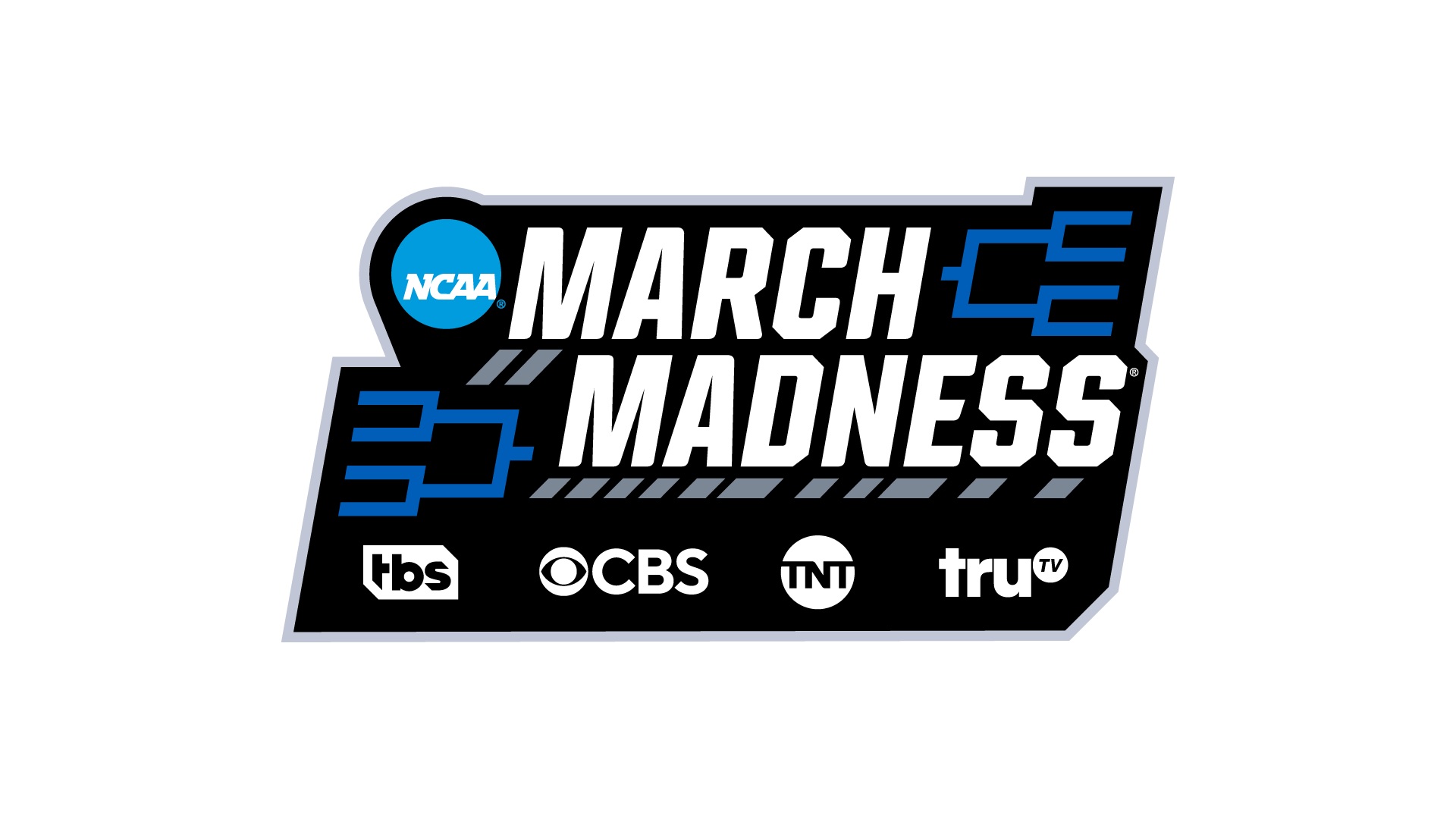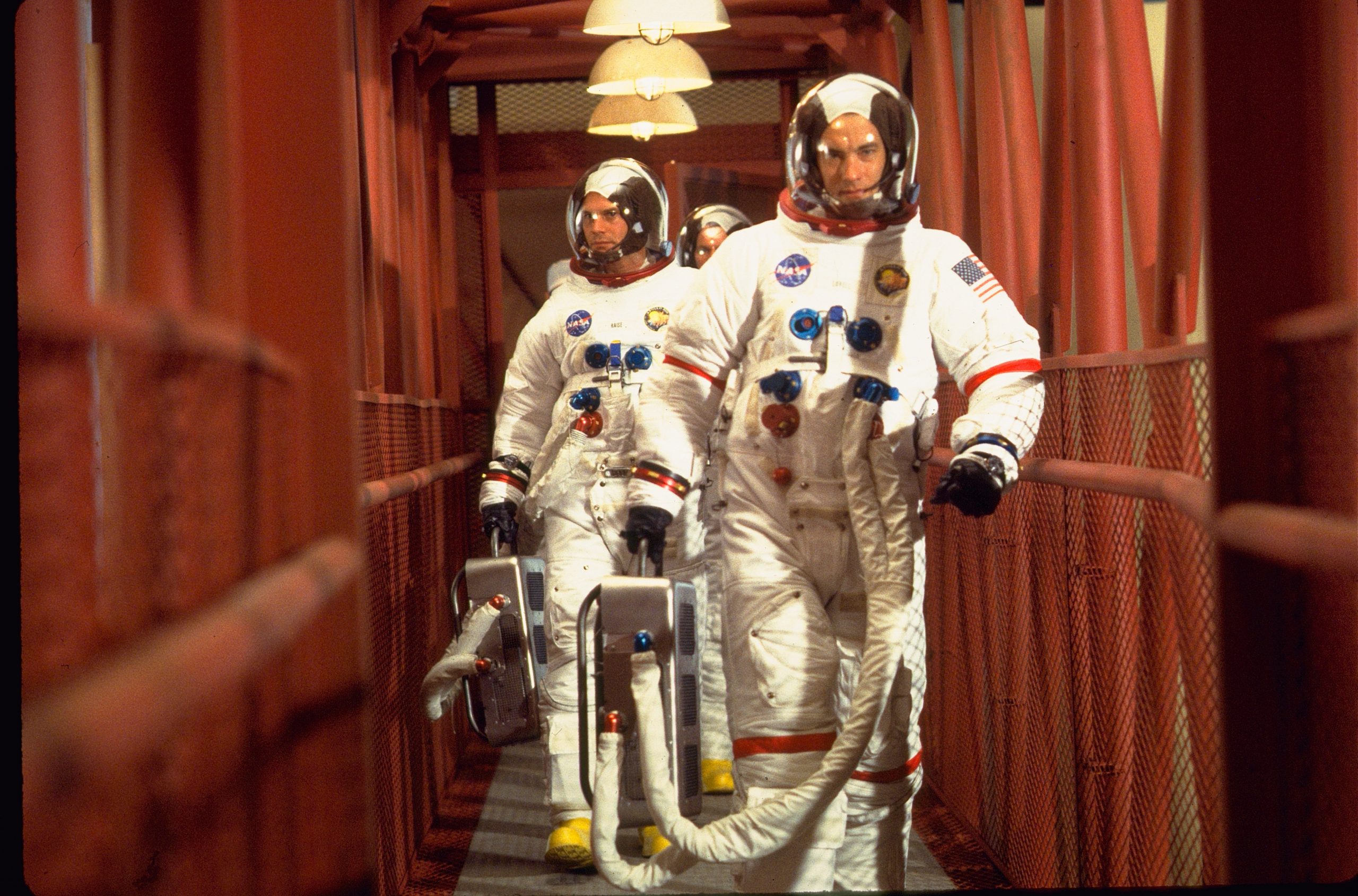
Apollo 13, the Oscar-winning* film about the NASA rescue mission, is just as inspiring of a film as it marks the 25th anniversary.
This flight was supposed to be nothing more than a routine flight. America had just set foot on the moon in both July and November 1969. Jim Lovell (Tom Hanks), Jack Swigert (Kevin Bacon), and Fred Haise (Bill Paxton) were supposed to be the third group of Americans to land on the moon. Unfortunately, this wasn’t meant to be because of an explosion on board.
Back on the ground, Flight Director Gene Kranz (Ed Harris) and Apollo 13 prime Command Module Pilot Ken Mattingly (Gary Sinise) are apart of the team trying to figure out how to get them back to Earth in a safe manner. This wasn’t easy and everyone had to improvise due to the limited materials on board. And then you also have Jim Lovell’s wife, Marilyn Gerlach Lovell (Kathleen Quinlan).
The casting of Tom Hanks came before either Philadelphia or Forrest Gump were released. And yet, it’s smart casting because Hanks had shown that he was more than a comedic actor by this point. You immediately realize the seriousness of the situation by the tone in his voice when he says: “Houston, we have a problem.” In another universe, this could have been Kevin Costner. It must be said that it’s hard to imagine anyone but Hanks in the role.
There’s nothing more beautiful than watching the rocket being launched into space. Even though we already know what’s going to happen, the camera captures it with intensity. Howard and crew place the camera in areas that a TV broadcast could never show on the air. It’s inspired by NASA footage but the film team finds a way to make it their own. Apollo 13 entirely generated the footage from scratch. Moreover, James Horner’s score for the launch adds a patriotic feeling to the scene. It’s almost like watching some of the scenes during Saving Private Ryan. This speaks to the power of Horner’s score.
Because of the 3-way conversation, Ron Howard approaches the film like a phone call. You have Jim Lovell’s family, Mission Control, and the astronauts. This is just one part of the equation, of course. The big thing to admirable about the film is the attention to detail and accuracy. The production team built a full-size replica of Mission Control. It was as realistic as Mission Control could get without being the real one. Though to be fair, NASA did offer the actual facility for shooting but Howard turned them down. This is certainly the type of film that requires as much authenticity as possible. Short of flying actors into outer space, of course. There are–however–some inaccuracies as far as dialogue and events.
Even if you take the actors out of the picture, the technical aspects elevate it to the next level. The shot selections are nothing but phenomenal here. And the aforementioned launch sequence is a selection of shots/score that will forever be inspiring. It makes you wonder why we don’t go to space often enough!
Archive footage of Walter Cronkite and Apollo 11 aside, there is no archival footage from the Apollo 13 mission. It’s an interesting choice but it works in service of the film. Instead of archival footage, we get nothing but original footage shot solely for the film.
Wins from the PGA, SAG, and DGA should have led to a Best Picture win on Oscar Sunday. Alas, that was not meant to be. However, Apollo 13 is a cinematic masterpiece and it’s the Best Picture winner in my book.
DIRECTOR: Ron Howard
SCREENWRITERS: William Broyles Jr. & Al Reinert
CAST: Tom Hanks, Kevin Bacon, Bill Paxton, Gary Sinise, Ed Harris, Kathleen Quinlan
* = Best Film Editing and Best Sound
